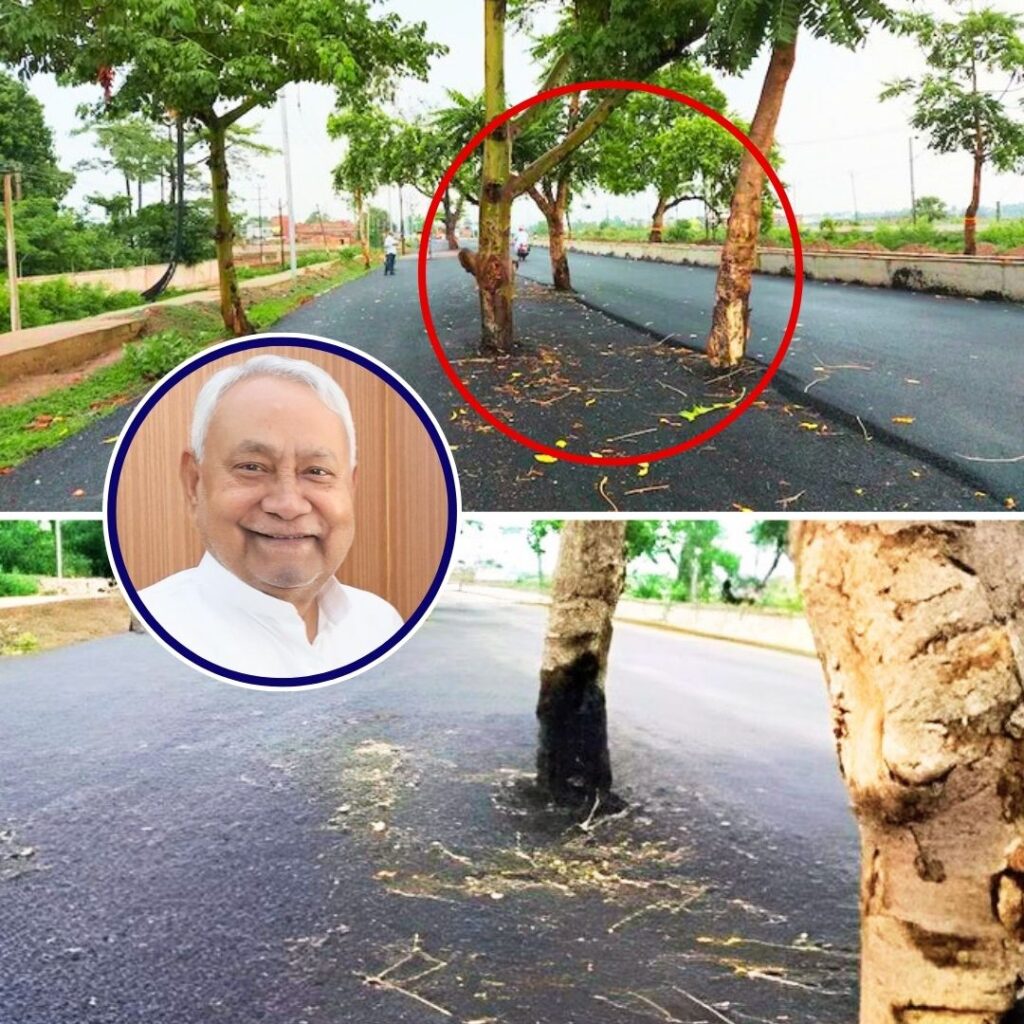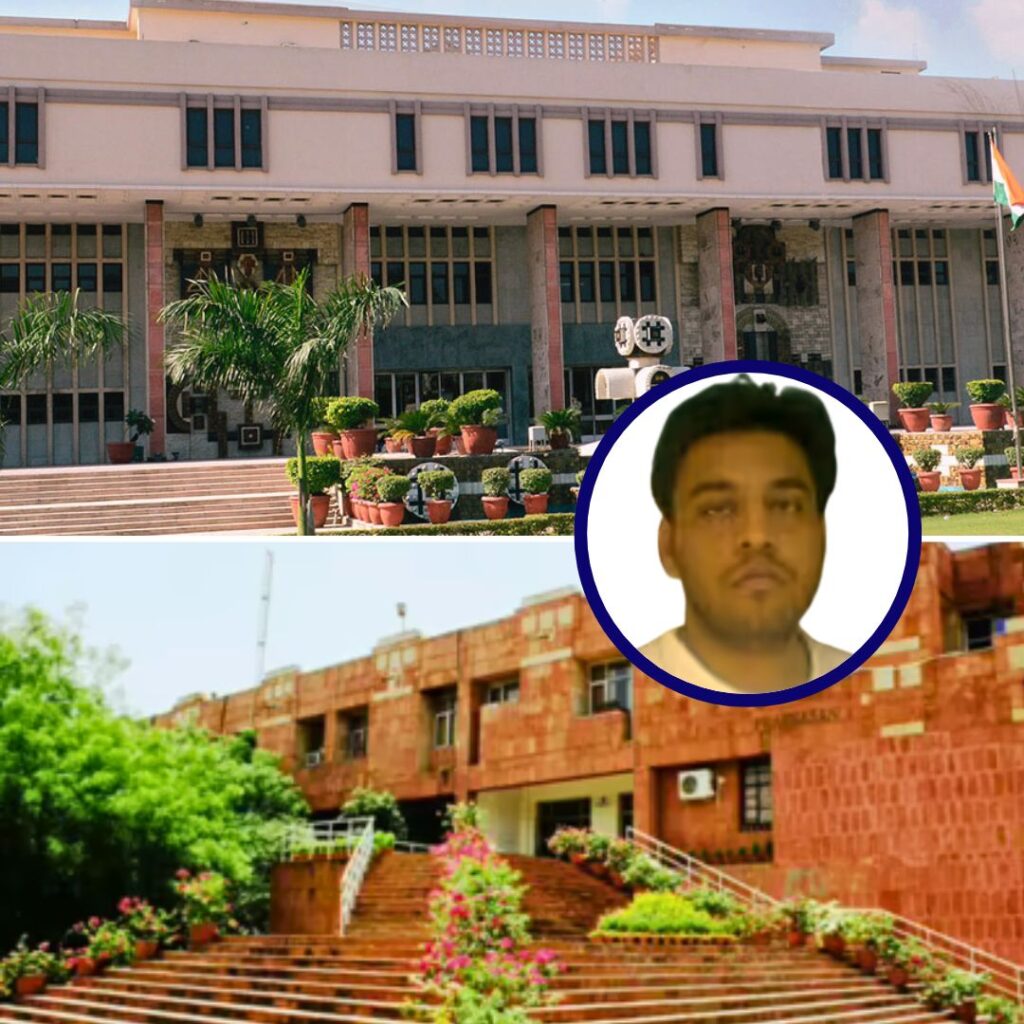News Source: Kathmandu Post BBC TheWire IndianExpress | Image Source: wtop
A brief timeline on Nepal’s political history with an analysis on the current situation.
1768-90 – Shah Dynasty begins after Prithvi Narayan Shah conquers Kathmandu and lays foundations for a unified kingdom of Nepal. The Shah Dynasty lasts until 2008.
1846 – Rana Dynasty begins rule in Nepal from 1846-1951 when Jang Bahadur Rana takes over as prime minister and establishes hereditary rule of the Ranas as prime ministers which lasts for over a century. Shah Kings are reduced to figureheads with no authority.
1946 – The Nepali Congress Party is established.
1948 – Nepal’s first-ever constitution is promulgated.
1950 – King Tribhuvan (from Shah Dynasty) seeks asylum in India after falling out with the Ranas, who incriminate him in a plot against them. Ranas install Gyanendra, then a toddler, as king.
1951 – King Tribhuvan is restored to the throne and the monarchy once again becomes a key centre of control. Rana rule ends and Nepalese Congress Party forms government.
1955 – King Tribhuvan dies and is succeeded by King Mahendra.
1959 – New constitution is promulgated, first-ever general elections take place. Nepali Congress party gains outright majority.
1960 – King Mahendra bans all political parties, parliament and constitution.
1972 – Mahendra dies. He is succeeded by his son King Birendra.
1990 – King Birendra, under pressure from the pro-democracy movement, lifts ban on political parties. King announces a new constitution forming a democracy under a constitutional monarchy.
1991 – Nepali Congress Party wins first ever democratic elections. G.P. Koirala becomes premier.
1996 – Maoists launch an armed struggle to try to tumble the monarchy.
2001- King Birendra and most members of the royal family are killed by then crown prince Dipendra, who also dies after the shoot-out. Prince Gyanendra becomes king. Maoist rebels step up violence.
2002 – Parliament dissolved, fresh elections called amidst political confrontation over extending the state of emergency.
2003 – Rebels, government declare truce. Rebels pull out of peace talks later in the year.
2005 – King Gyanendra takes absolute power, assumes direct control to crush the Maoists and declares an emergency lifting it after 3 months under international pressure.
2006 – King Gyanendra gives up absolute power after widespread protests. G.P. Koirala, sworn in as prime minister begins talks with rebels and signs a peace deal with rebel chief Prachanda, ending a war that resulted in death of more than 13,000 people.
2007 – Uprising begins in the ethnic minorities (Madhesi population) in southern plains of Nepal in favour of inclusion of federal system, new delimitation of electoral constituencies in constitution and greater inclusion of Madhesis in all government bodies and formation of autonomous Madhesi state.
2008 – Nepalis vote in historic constituent assembly elections in which Maoists emerge as the largest political party. Monarchy abolished in Nepal with it becoming a republic. Ram Baran Yadav becomes Nepal’s first president and Maoist leader Prachanda becomes Prime Minister of coalition government.
2009 – Prime Minister Prachanda resigns with Maoists leaving government after other parties oppose integration of former rebel fighters into national army. Communist leader Madhav Kumar named new Prime Minister.
2010 – Governing coalition and Maoist opposition extend timeline for drafting of new constitution to May 2011. Prime Minister Madhav Kumar quits under Maoist pressure.
2011 – Jhalnath Khanal elected premier, ending a seven-month stalemate during which Nepal had no effective government. Jhalnath Khanal resigns after government fails to reach compromise with opposition on new constitution and fate of former Maoist fighters.
Parliament elects the Maoist party’s Baburam Bhattari as prime minister. He vows to put together a cross-party consensus over the new constitution and the Maoist fighters conundrum.
2012 – Prime Minister Bhattari dissolves parliament, calls elections after politicians miss a final deadline to agree on a new constitution.
2013 – Chief justice Khil Raj Regmi is appointed head of an interim unity government.
Supreme Court suspends government’s plan to set up a South Africa like (after end of apartheid) Truth and Reconciliation Commission to investigate civil war crimes, stating concerns it could allow reprieves for major crimes.
Elections take place after which political deadlock takes place as no party wins a majority.
2014 – Sushil Koirala, the leader of the Nepali Congress, is elected as prime minister after securing coalition support.
2015 – Government sets up commissions to probe war crimes committed during the Maoist rebellion. Police fire teargas and water cannons at thousands of opposition followers dissenting against parliamentary vote planned on a disputed new national constitution.
New Constitution unveiled. Protests break out in southern lowlands by ethnic groups (Madhesis, Tharus, Limbu janjatis, Dalits and others) seeking more territory and devolved rights under newly-adopted federal constitution.
Today KP Sharma Oli was elected as new Prime Minister of Nepal defeating incumbent Sushil Koirala in a contest which became necessary after parties failed to forge a consensus amid violent protests over the country’s new Constitution.
Analysis – Why is the Constitution so divisive and evoking such reactions?
On one hand, the Constitution is being rightly said to be amongst the most progressive in Asia guaranteeing equal rights to lesbian, gay, bisexual and transgender community and providing representation for the same in government mechanisms. After working through an Interim Constitution for 7 years and witnessing multiple constitutions in the last 65 years, this is the first that has been widely adopted by an elected constituent assembly. This constitution has also made a progressive transition from being 60 years of being a Hindu-state to a secular nation. It is also the first constitution that deviates from the previously unitary system to a federal nature by setting up 7 provinces distributing legislative and executive powers between the legislative and provincial governments.
On the other hand there are also a number of criticisms with the Constitution. Many members of traditionally marginalized groups fear that the constitution will work against them. The major
grievances from the different stakeholders on the Constitution are as below –
– Lower percentage of parliament members (45%) being elected by proportional representation compared to 58% in the interim constitution. The higher proportion meant more representation from the marginalized communities in the parliament.
– Madhesis demanding withdrawal of army deployment from their regions, greater autonomy and representation, a separate state for Madhesis and election constituencies based on population.
– Low percentage of Dalit population in various forms of government bodies (army, government, etc) being corrected through proportional representation based positive discrimination.
– Women’s rights activists have called the constitution as patriarchal with provisions such ‘couples have equal rights to family property’ but excluding access to inheritance for unmarried women.
– Janjatis who are disappointed as constitution doesn’t provide for identity-based ethnic states and it does not recognize their community rights.
– Although Nepal has been declared a secular nation, its laws are being interpreted as more oriented towards Hindu religion. For instance, the criminal code (Muluki Ain) has a maximum sentence of 12 years for killing a cow; although cows are required for cultural practice of some groups.
There have been massive protests since the constitution was passed in the constituent assembly. In response to these concerns India has only noticed the passing of the Constitution
rather than welcoming the constitution as is the usual protocol. The Indian government is also said to have recommended amendments to Nepal government to make to its constitutions. The
entire scenario has led to tense situations between the two governments.
At the same time, Indian vehicles carrying fuel supplies have not been able to deliver the same to Nepal causing a severe fuel crisis in Nepal. Nepal believes that India is imposing a blockade to pressurize Nepal into heeding to its demands. There has been criticism on several quarters of the Indian government of its intervention in Nepal’s matters as well. Indian government maintains that its trucks are held at Nepal borders because of ongoing unrest in Terai where the protestors have caused blockade of the trucks.
It is in this regards heartening to note that the Nepal government has brought in an amendment bill to address the concerns of the agitating parties. The Logical Indian hopes for a peaceful resolution of the issues in a manner that concerns of all stakeholders are addressed as soon as possible.protesters have caused blockade of the trucks.











